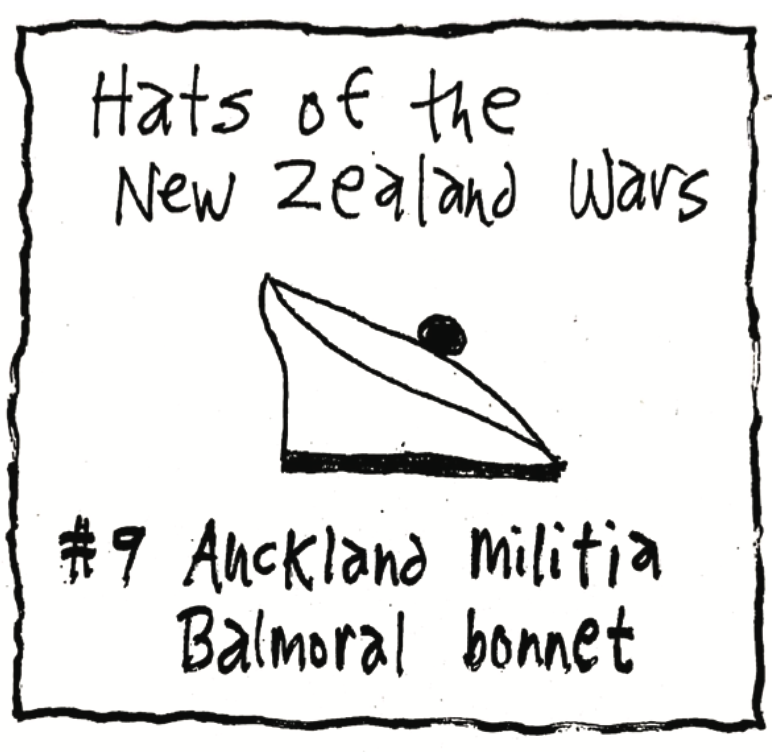You can purchase Nieuw Zeeland An English-Speaking Polynesian Country With A Dutch Name: A Humorous History of New Zealand by Geoffrey Corfield from Amazon today.

The Maori are fascinated, confused and amused by the missionaries that came to New Zealand. Each religion claimed to be the one true way to God and better than the others. The Maori decided that they could have their own religions too. So they did. They were especially attracted to the story of the Israelites, Jerusalem, the lost tribes, the promised land and the Old Testament. (“It is good to have more than one god to trust to.”)
Over the years a number of Maori chiefs had visited Britain and met the King (before 1837) or Queen (after 1837); and they decided that if Britain could be such a powerful country with a king or queen, then they could have their own king too. So they did.
In 1854 Maori from Waikato, Taranaki, Lake Taupo and Hawke’s Bay hold a conference to oppose land sales to the government. Perhaps with a king the Maori could be united against land sales? So in 1858 they form The King Movement, crown King Potatau I (Potato) King of the King Maori, and put the new King on a throne in the King’s capital at Ngaruawahia on the Waikato River; along with a new flag, council of state, code of laws, Resident Magistrate, police and surveyor. The Maori now had a King equal of the British Queen.
“The sugar, flour, biscuit, tea consumers. New Zealand still possesses great power. The King shall encircle the whole island.”
But true to form the Maori could never be united on anything. Some oppose the king and remain loyal to the government. There are Loyal Maori (or “Friendlies”), and King Maori. There are warlike King Maori and peaceful King Maori. Old tribal rivalries are never far beneath the surface. The government ignores the King. Their objective is to buy land.
Waitara, Taranaki 1860
The settlers at New Plymouth want to buy land to the east along the Waitara River. Some Maori want to sell. The King Maori don’t. (“None of this land will be given to you, never, never, not till I die”). The government buys land from the land-selling Maori. The sellers take refuge in New Plymouth afraid of the King Maori who far out- number them.
The New Zealand government debates. There are proprietary
claims, land commissions, Boards, assessors, disputes, rights, Bills,
select committees, land courts, judicial inquiries, land titles, land
tribunals, petitions and policies. The King Maori hold conferences and write letters to the government and the Queen (“Mother, do not listen to the false reports which perhaps are sent you”).
The government decides to survey the land. “A parcel of old Maori women” pull the survey stakes out. Martial law is declared. Government troops are sent. The King Maori build a fort. The government captures the fort (empty, they just build another fort). One soldier is killed. The Second Round of the British-Maori wars has begun.
The settlers and soldiers retreat to New Plymouth. Both sides build forts and attack and destroy each other’s. There are a number of small battles and skirmishes. This is an example of one of them…
The Battle of Te Arei, Pukerangiora, Waitara River 1861
The British build eight redoubts near this Maori fort and begin tunneling towards it (“Pratt’s Long Sap”, one mile long). Loyal Maori paid to help tunnel pay King Maori to help them. The King Maori then attack and fill-in the tunnel at night. After 38 days the defenders propose a three day truce, during which time they collect British bullets fired at them, exchange peace terms and write letters. After two days firing resumes. After four days of firing another truce is called and proposals made. Two days later it is agreed hostilities will end.
The Governor arrives and discussions are held for three days. Six days after that more Maori chiefs arrive, visit the Maori fort, and give presents of fruit and vegetables to the British soldiers. Three days later the Maori accept the peace terms but want the Governor to visit a chief. The Governor refuses and wants the chief to visit him first, and proposes new peace terms. The chief will not visit and not accept the new terms. Five days later some of the Maori accept the terms, and the Governor gives the chief “a short time” to accept them too. One day later the chief leaves and writes the Governor a letter to say that his daughter will meet the Governor. But the Governor refuses to meet the daughter because she has no written acceptance of the peace terms to deliver and because by Maori custom she cannot be received or the peace will be deemed to be over and the terms will have to be re-negotiated again. Thus after 66 days does The Battle of Te Arei end.
You can purchase Nieuw Zeeland An English-Speaking Polynesian Country With A Dutch Name: A Humorous History of New Zealand from Amazon today.

If you enjoyed this BFD article please consider sharing it with your friends.


